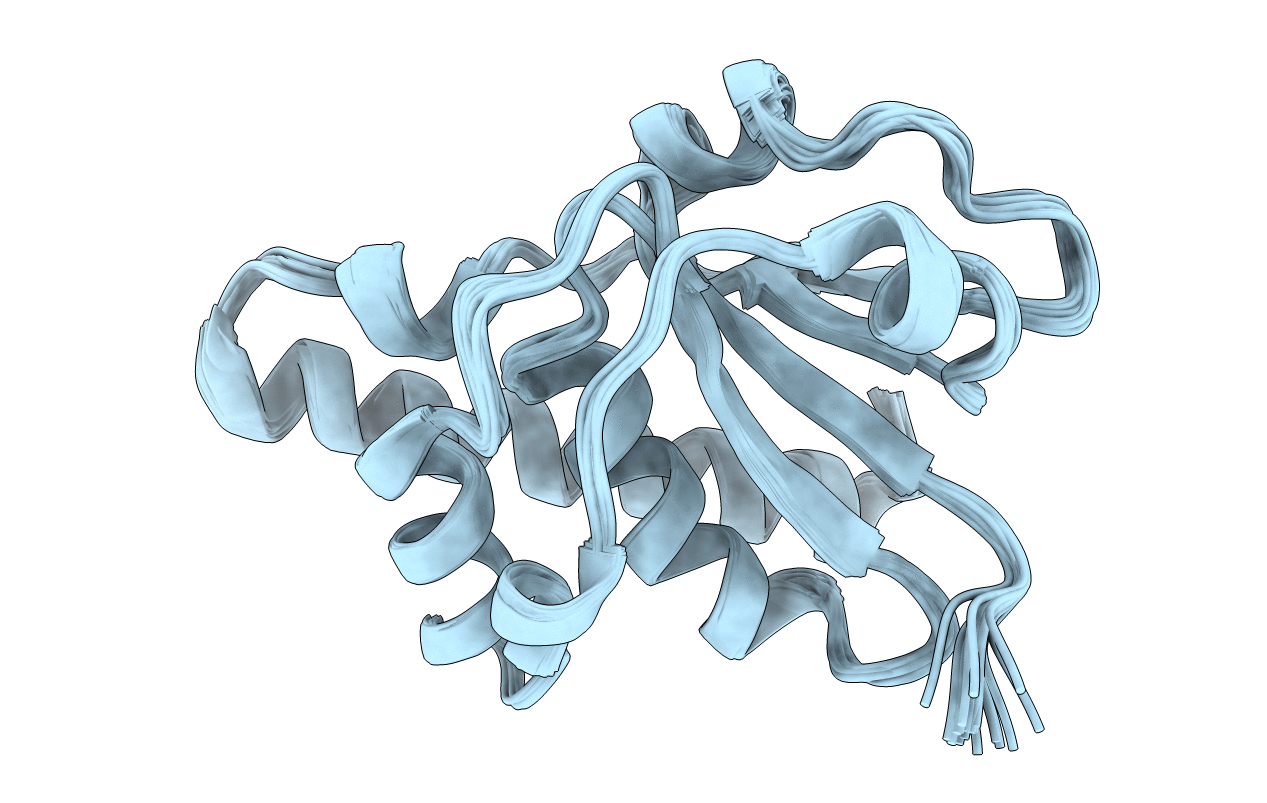
Deposition Date
2005-03-08
Release Date
2005-10-04
Last Version Date
2024-05-29
Entry Detail
PDB ID:
1Z2D
Keywords:
Title:
Solution Structure of Bacillus subtilis ArsC in reduced state
Biological Source:
Source Organism:
Bacillus subtilis (Taxon ID: 1423)
Host Organism:
Method Details:
Experimental Method:
Conformers Calculated:
200
Conformers Submitted:
20
Selection Criteria:
structures with the lowest energy


